45 descriptive terms such as low sodium or low fat on food labels are defined by
Food Labels (Lesson 15) - LSU AgCenter " Added Sugars " is a new feature on the revised Nutrition Facts label. Added sugars include all types of sugars, including syrups and granulated sugar that have been added during processing. " Total Sugars " include sugars that naturally occur in the food item (like fruit and milk) and sugars that have been added during processing. Low Sodium Grass-Fed Beef Bone Broth, 16 oz - Whole Foods Market Low-Fat Low-Sodium Paleo-Friendly Sugar-Conscious Keto-Friendly Kettle & Fire Low Sodium Beef Broth, 32 oz Add to list CASTOR & POLLUX Pristine Grass-fed Beef Bone Broth Topper With Turmeric, 8.4 fl oz Add to list Prices and availability are subject to change without notice. Offers are specific to store listed above and limited to in-store.
Food Packaging Claims | American Heart Association Have you ever bought a food because the package said the item was "low-sodium" or "low-fat" or made some other claim? It's important to understand what these claims mean so you can make informed decisions about the food you buy for yourself and your family. Have you ever bought a food because the package said the item was "low ...
Descriptive terms such as low sodium or low fat on food labels are defined by
Food labels - NHS These labels provide information on the number of grams of fat, saturated fat, sugars and salt, and the amount of energy (in kJ and kcal) in a serving or portion of the food. But be aware that the manufacturer's idea of a portion may be different from yours. Some front-of-pack nutrition labels also provide information about reference intakes. Nutrition Quizes Flashcards | Quizlet Study with Quizlet and memorize flashcards containing terms like Of the ten leading causes of death in the United States, diet plays a role in six of them. Drag the six leading causes of death in which diet plays a part to the box on the left. Drag the remaining causes of death (not related to food intake) to the box on the right. -heart disease -chronic lower respiratory diseases -cancer ... Food Packaging Claims | American Heart Association You can use this general guidance: "Free" means a food has the least possible amount of the specified nutrient. "Very Low" and "Low" means the food has a little more than foods labeled "Free." "Reduced" or "Less" mean the food has 25% less of a specific nutrient than the regular product.
Descriptive terms such as low sodium or low fat on food labels are defined by. Solved Question 30 Descriptive terms such as low sodium or - Chegg Question: Question 30 Descriptive terms such as low sodium or low fat on food labels are defined by the National Institutes of Health O the American Dietetic Association the marketing department of food manufacturers O the Food and Drug Administration This problem has been solved! SOLVED:Qu Qun I the dtameter 01 the leld ol view (FOV) ol the scanning ... Then coming to the next to questionable same question that is In Discrete two terms such as low sodium, low fat on food labels are defined by So in the product levels we'll see though descriptive terms. That is for example, these are the descriptive terms descriptive terms. Those are laws. Odium laws. Odium, low fat, low fat like this. (PDF) Pharmacy Practice | Edha Farma - Academia.edu Enter the email address you signed up with and we'll email you a reset link. Food Packaging Claims - American Heart Association You can use this general guidance: "Free" means a food has the least possible amount of the specified nutrient. "Very Low" and "Low" means the food has a little more than foods labeled "Free." "Reduced" or "Less" mean the food has 25% less of a specific nutrient than the regular product.
Food Packaging Claims | American Stroke Association You can use this general guidance: "Free" means a food has the least possible amount of the specified nutrient. "Very Low" and "Low" means the food has a little more than foods labeled "Free." "Reduced" or "Less" mean the food has 25% less of a specific nutrient than the regular product. SOLVED:Question 30 Descriptive terms such as low sodium or low fat on ... So we are asked descriptive terms such as low sodium or low fat on food labels are defined by So the Food and Drug Administration. That is your F. D. A. The food. Excellent. Okay. And broke administration. Yes. Sorry for that. And administration. Okay. Okay that is your F. D. A. Now this F. D. Descriptive terms for food labeling - ScienceDirect Vol. 22, No.1 Adjectival descriptors for foodlshelflabels (Table 1) for calories and sodium have been published as final regulation; those for cholesterol are in a proposed rule (regulation), and those for fat are contained in guidelines. (FDA is currently developing proposed regulations for fat claims.) [Solved] Please use own words How can you use the food label to ... Furthermore, some labels include a nutrient claim, such as "low-fat" or "fat-free." Even if the fat is hidden as an ingredient, the Nutrition Facts label displays how much fat is in a product. The serving size and nutrients given on this label are constant, making it simple to compare similar products without performing any computations.
Food Label Claims and Guidelines :: Provided by MyFoodDiary.com When we read a nutrition label and see 0g of a particular nutrient, such as trans fat, we expect to be eating none of that nutrient. However, manufacturer's can list an item as having 0g trans fat per serving if the food contains less than 0.5g. This can become a problem since most individuals consume more than 1 serving. DOC Understanding the Nutrition Facts Label - LSU AgCenter The government has set strict definitions for terms that can be used to describe a food's nutrient content. These are . free, low, reduced, high, less, more, light, good source of, lean and extra lean. On the package you will see words like low-fat, high fiber and no cholesterol. Ten health claims are allowed to be used on food labels. Ch. 2 Reading Notes (Nutrition) Flashcards | Quizlet a state in which you are not meeting your nutrient needs. a state of inadequate nutrition whereby a person's nutrient and / or calorie needs arent met through the diet malnourished the long-term outcome of consuming a diet that doesn't meet nutrient needs Overnutrition 7 Presentation of Nutrition Information on Food Labels - NCBI Bookshelf The term serving was defined by FDA as a reasonable quantity of food suited for or practicable of consumption as a part of a meal by an adult male engaged in light physical activity, or by an infant or child under age 4 when the article purports or is represented to be for consumption by an infant or child under age 4 (21 CFR § 101.9 (b) (1)).
Generational Trends for Food Shopping and Obtaining Nutrition ... Here is the legal use of the above terms: • Low sodium is defined by FDA as 140 milligrams or less per RACC per 50-gram portion or per 100 grams of main dish/meal. • Low fat is defined by FDA as 3 grams or less per RACC per 50-gram portion or 3 grams per 100 grams of main dish/meal, and not more than 30% of calories from fat. • High fiber.
(PDF) Food Chemical Codex | Aranza Rockferry - Academia.edu The methods have not been chosen for their suitability in legal proceedings, although references to such will be made, and where published on the World Wide Web, the respective websites will be given. These official methods tend to be more elaborate, longer to perform, and far more rigorous than required in our case. The use of the web is growing apace, and website …
Bacon and Food Safety | Food Safety and Inspection Service 29/10/2013 · Bacon imparts a smoky flavor to innumerable dishes. This ancient, cured meat now appears in such modern forms as shelf-stable or refrigerated fully cooked strips, bacon made from turkey and/or beef, and meats certified as organic. History of Bacon Bacon has an ancient history. The domestication of "pigs" (immature hogs) for food dates back to about 7000 B.C. in …
Google Fordító A Google ingyenes szolgáltatása azonnal lefordítja a szavakat, kifejezéseket és weboldalakat a magyar és több mint 100 további nyelv kombinációjában.
General Food Labeling Requirements - California fat, sodium, total and protein) must appear on all “Nutrition Facts” panels regardless of the amount present in the food or the format used. The amount of . trans . fat in a serving must be listed on a separate line under saturated fat on the “Nutrition Facts” panel as shown on the example on this page. However, trans . fat does not have to be listed if the total fat in a food is …
Understanding Food Terms - American Cancer Society Fat. Saturated fat. Cholesterol. Sodium. Sugars. Calories. Other terms that may be used: Without, no, zero and (for fat-free milk) skim. Note that this only refers to nutrients in food. The word "free" may be used differently for things people may be allergic to or intolerant of, such as lactose and gluten.
Food Packaging Claims | Go Red for Women You can use this general guidance: "Free" means a food has the least possible amount of the specified nutrient. "Very Low" and "Low" means the food has a little more than foods labeled "Free." "Reduced" or "Less" mean the food has 25% less of a specific nutrient than the regular product.
Legal Guide to Health Claims on Food | Law@Dayton Labels must list the actual amount and DV for calcium, iron, potassium and vitamin D; vitamins A and C are no longer required. Percentage of Daily Values for nutrients including sodium, fiber and vitamin D were updated. "Added sugars" must be listed on labels in grams and percentage of Daily Value.
Low Sodium Chicken Cooking Broth, 32 oz at Whole Foods Market Low-Sodium Close panel Low-sodium, as defined by the FDA, refers to foods with 140mg or less of sodium per serving and per 50g if the serving size is less than 30g. View products Paleo-Friendly Close panel
Food labels - Better Health Channel Low fat - must contain less than 3% fat for solid foods (1.5% for liquid foods). Fat free - must be less than 0.15% fat. Percentage of fat - remember 80% fat free is the same as 20% fat, which is a large amount. Good source of - must contain no less than 25% of the recommended dietary intake (RDI) for that vitamin or mineral.
Food Packaging Claims | American Heart Association CPR & First Aid Have you ever bought a food because the package said the item was "low-sodium" or "low-fat" or made some other claim? It's important to understand what these claims mean so you can make informed decisions about the food you buy for yourself and your family. Have you ever bought a food because the package said the item was "low ...
Label Claims for Conventional Foods and Dietary Supplements An accurate quantitative statement (e.g., 200 mg of sodium) that does not otherwise "characterize" the nutrient level may be used to describe the amount of a nutrient present. However, a statement...
Nutrient Content - an overview | ScienceDirect Topics D. McCrea, in Encyclopedia of Food Safety, 2014 Nutrient Content. A nutrient content claim is a nutrition claim that describes the level of a nutrient contained in a food, such as, 'source of calcium' and 'low in fat.' Reference levels at which a content claim can be used are specified in international and national legislations. For example, to make a claim of low fat, the table of ...

question 29 05 pts how is the order in which ingredients are listed on food label determined by nutrient density the most nutrient dense ingredient first by alphabetical order descending ord 70052
Regulation of the U.S. Food Processing Sector — Food Law The U.S. food processing sector is extensively regulated by state and federal agencies. Federal agencies dominate the regulatory oversight: USDA FSIS for the meat and poultry processing businesses and FDA for all other food processing businesses. State agencies also have an active role in overseeing food processing businesses within their respective states, but their role is in …
Flashcards - MKTG 101 Chapter 10-11 - FreezingBlue An important outcome of this legislation has been guidelines from the Food and Drug Administration for using terms such as low fat, light, reduced cholesterol, low sodium, low calorie, low carb, and fresh. Getting the right information is very important to consumers, and one company wants to help consumers shop smart.
Learn How to Read Nutrition Labels Like a Pro - Step by Step Guide Although a label may say that the food is reduced-sodium or reduced-fat, that only means that the amount of fat or sodium is 25% less than the original product. Unfortunately, if the original product was high in sodium or fat, the reduced product will reduce but still relatively high in fat or sodium. Low-Fat Can Cover Up High Sugar
Food Labeling & Nutrition | FDA Food labeling is required for most prepared foods, such as breads, cereals, canned and frozen foods, snacks, desserts, drinks, etc. Nutrition labeling for raw produce (fruits and vegetables) and...
Food Packaging Claims | American Heart Association You can use this general guidance: "Free" means a food has the least possible amount of the specified nutrient. "Very Low" and "Low" means the food has a little more than foods labeled "Free." "Reduced" or "Less" mean the food has 25% less of a specific nutrient than the regular product.
Nutrition Quizes Flashcards | Quizlet Study with Quizlet and memorize flashcards containing terms like Of the ten leading causes of death in the United States, diet plays a role in six of them. Drag the six leading causes of death in which diet plays a part to the box on the left. Drag the remaining causes of death (not related to food intake) to the box on the right. -heart disease -chronic lower respiratory diseases -cancer ...
Food labels - NHS These labels provide information on the number of grams of fat, saturated fat, sugars and salt, and the amount of energy (in kJ and kcal) in a serving or portion of the food. But be aware that the manufacturer's idea of a portion may be different from yours. Some front-of-pack nutrition labels also provide information about reference intakes.


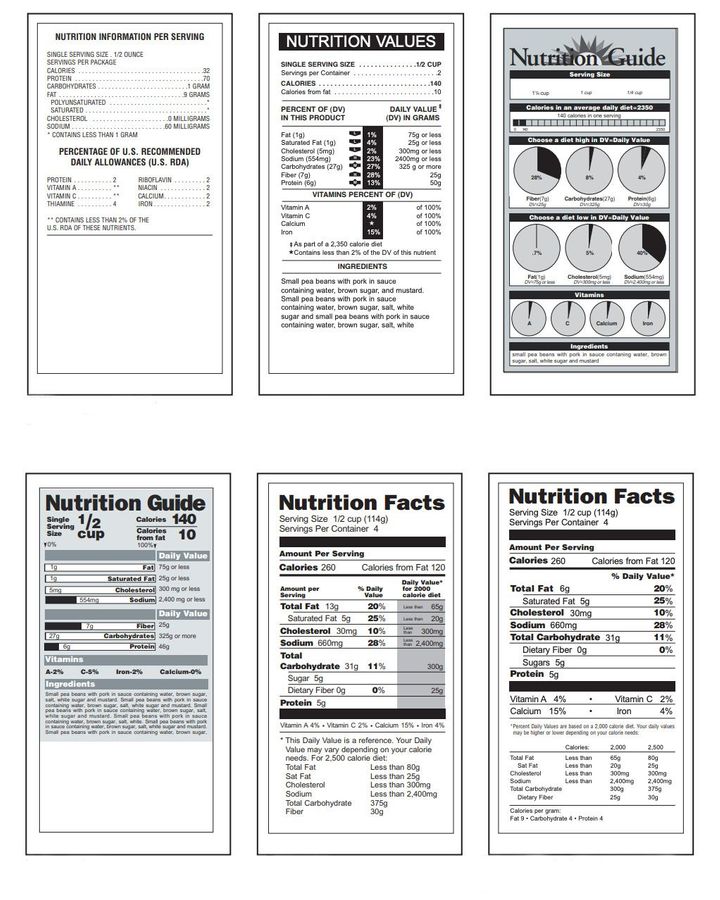

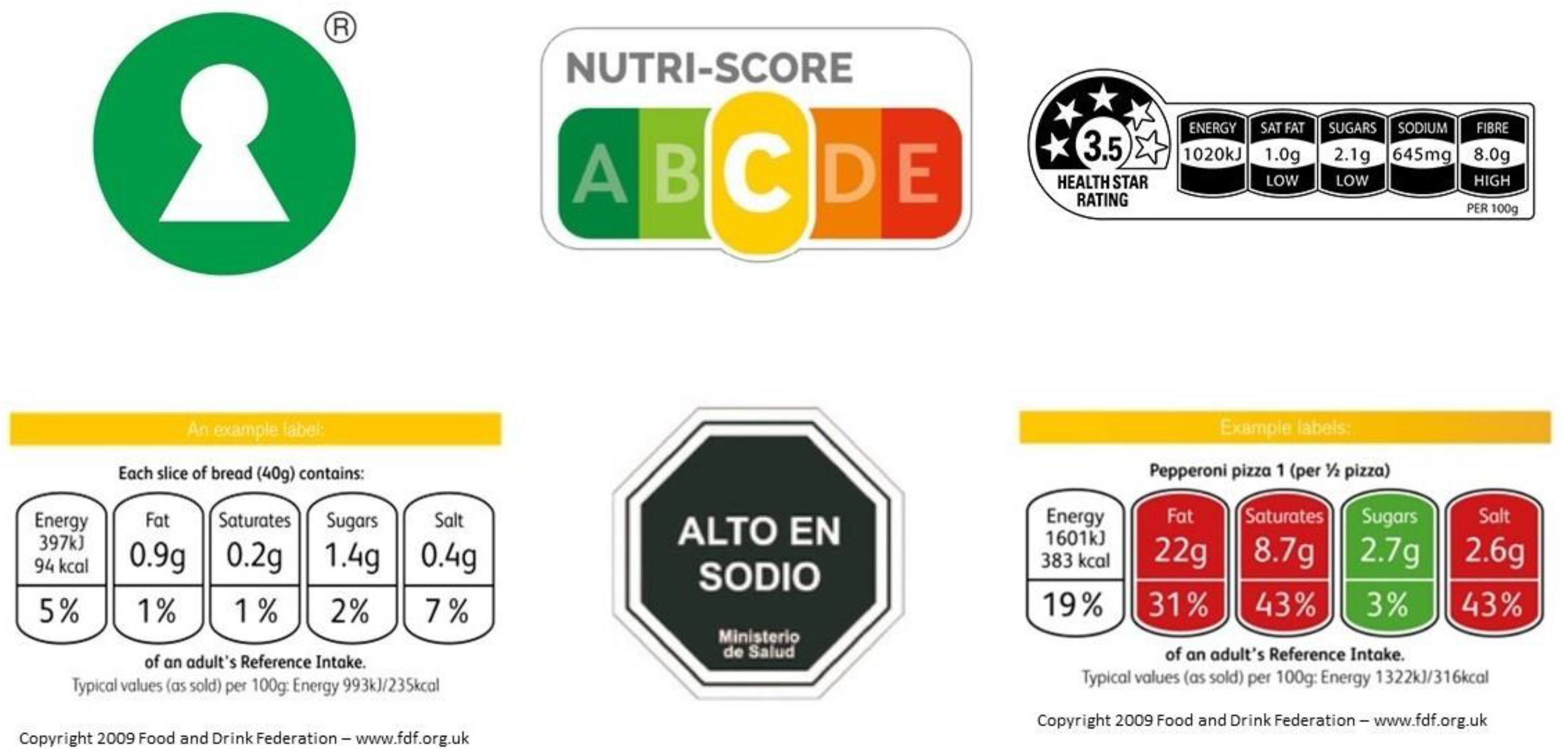


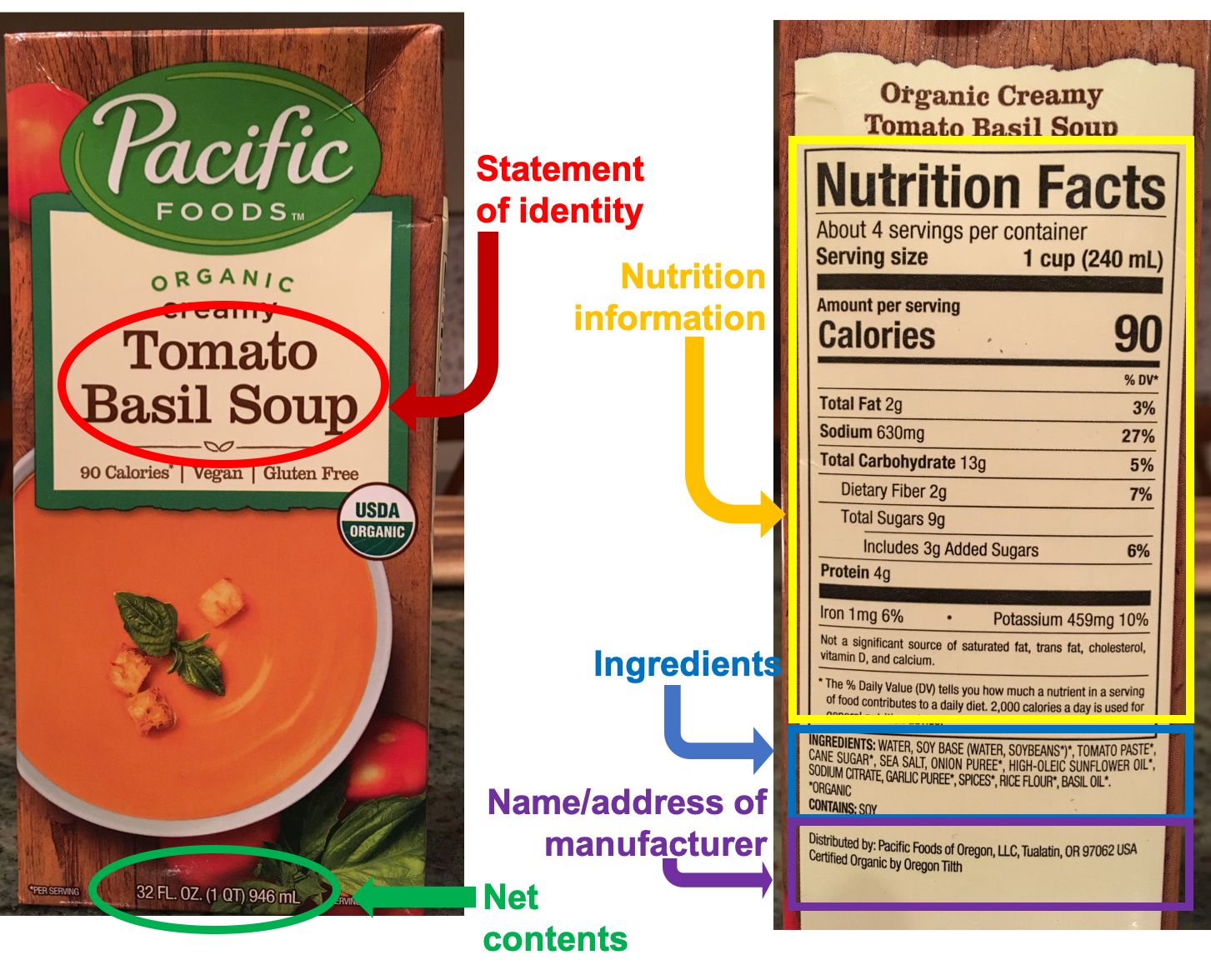
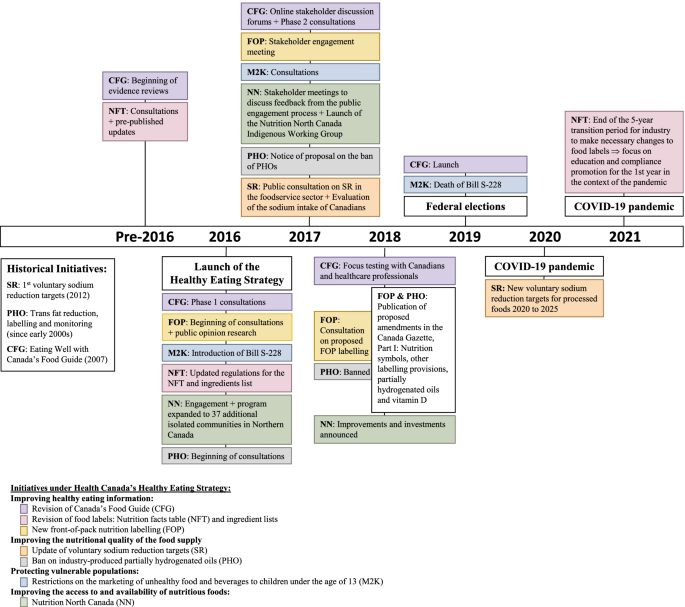














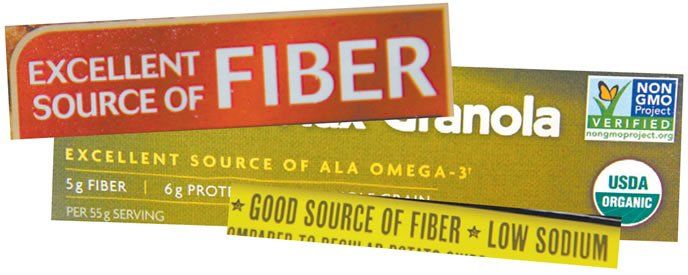

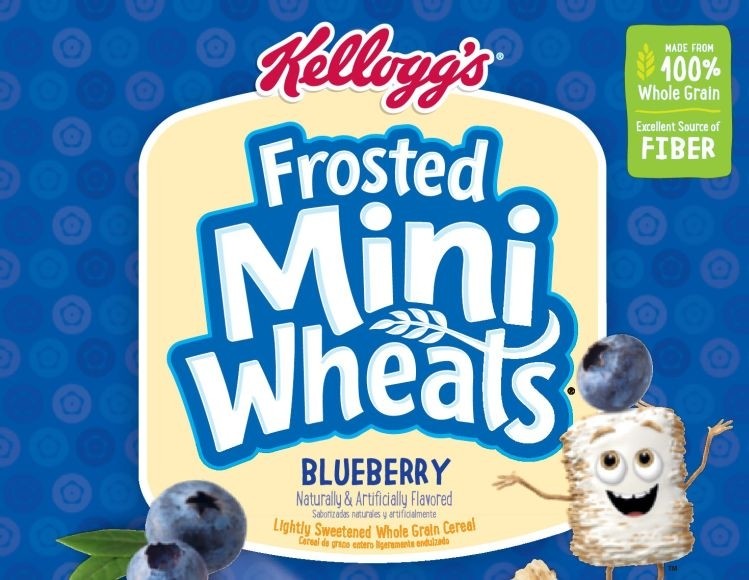
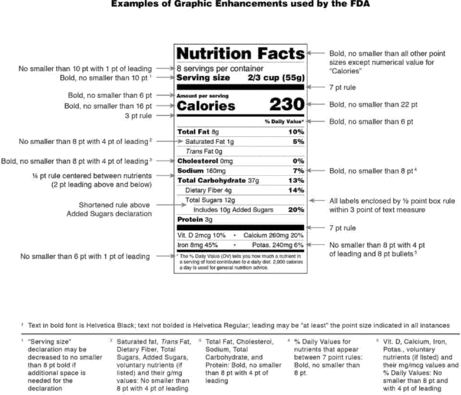


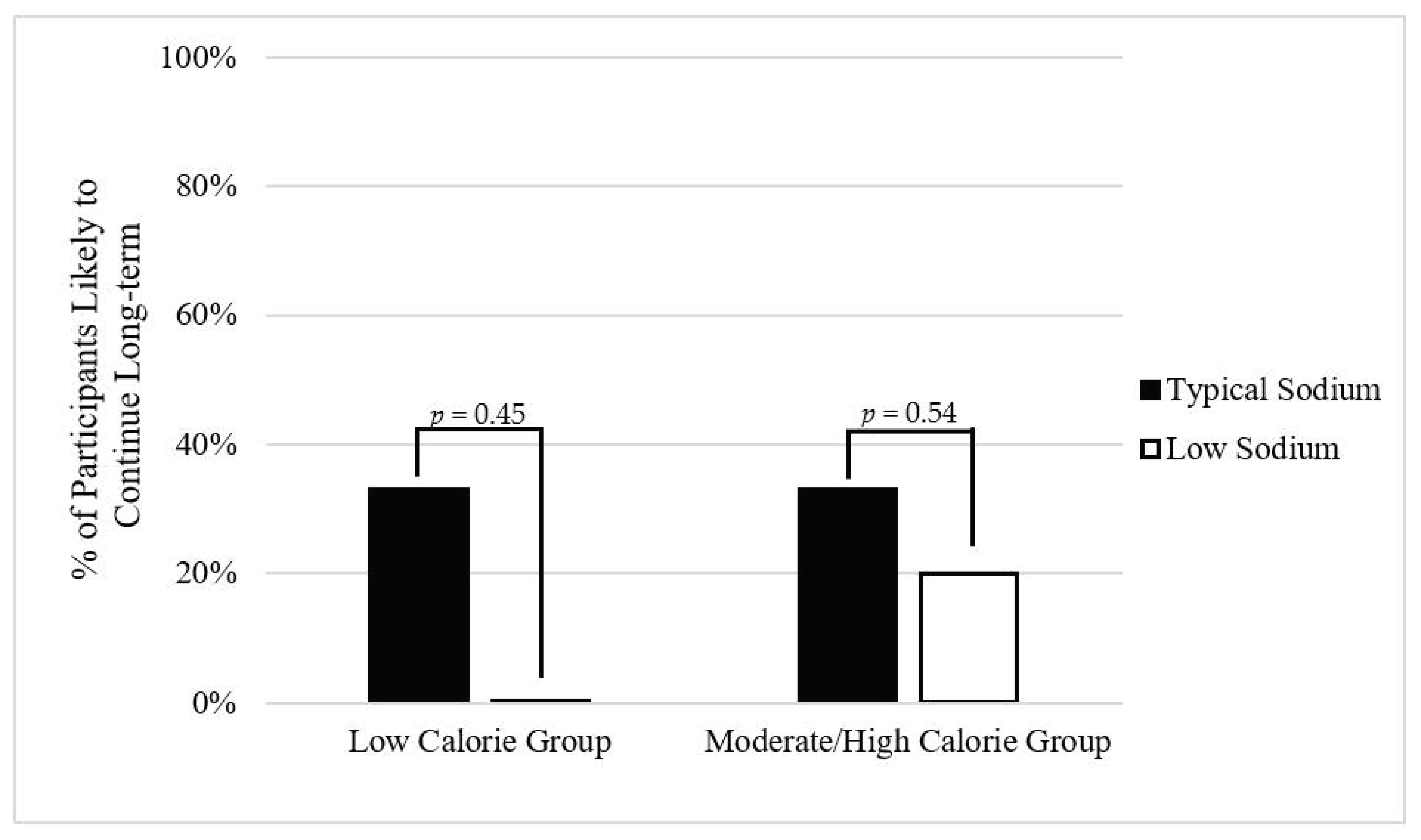

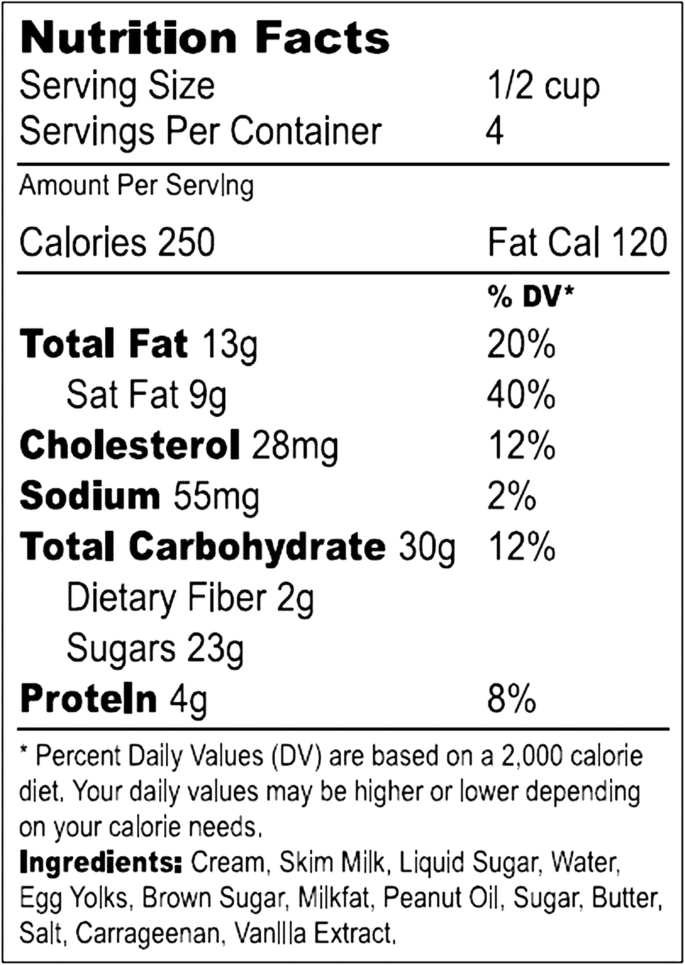




Post a Comment for "45 descriptive terms such as low sodium or low fat on food labels are defined by"